INSTRUCTIONAL DANCE
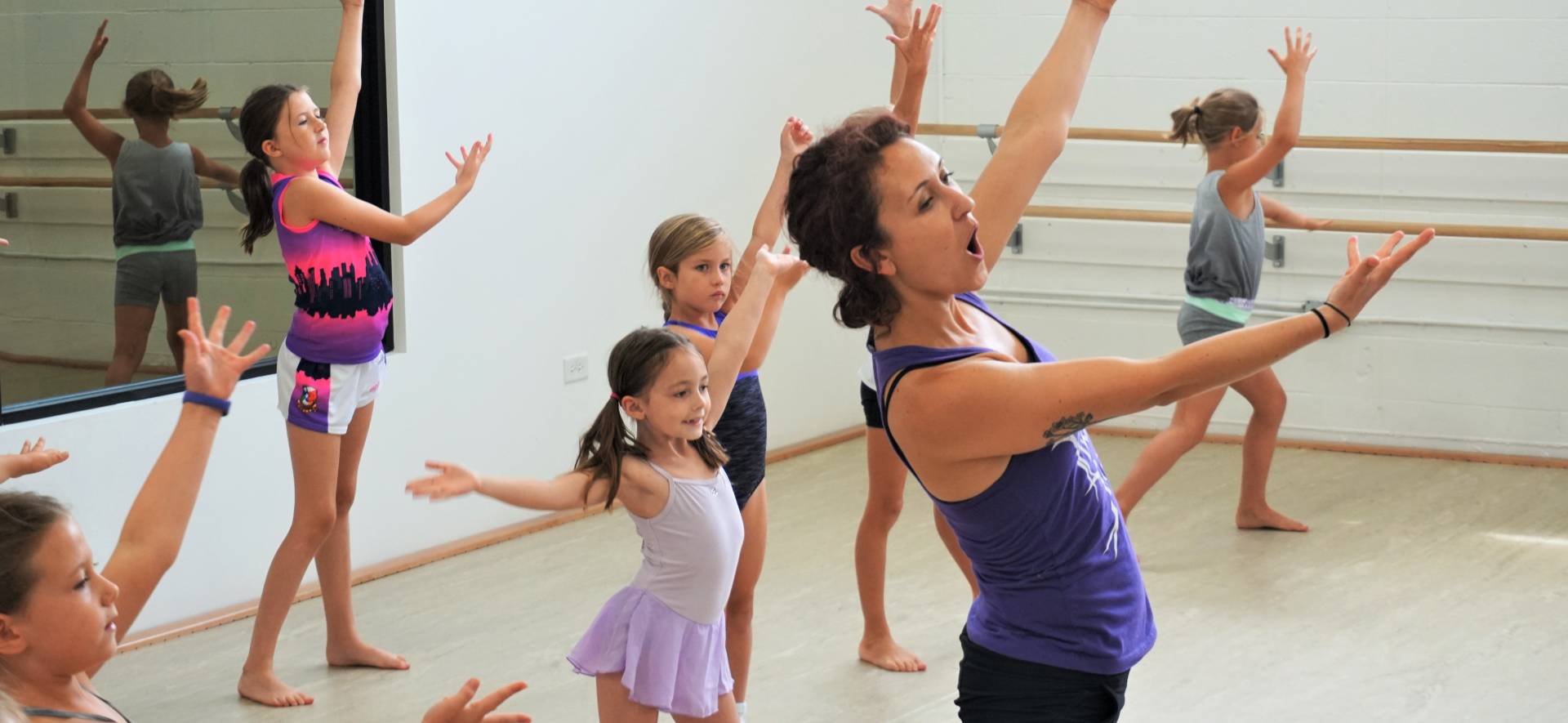
We create a supportive environment where children learn to dance with enthusiasm. Our focus is to instill technically strong skills while developing listening and problem-solving abilities. Through encouragement and support, we help children develop a lifelong love of dance.
Classes culminate in the annual end-of-year recital, which serves as a performance opportunity for dancers to showcase skill development, build confidence, and share accomplishments over the year with family and friends. Participation in the recital is optional but highly encouraged.
Our skill-based program allows dancers to progress at their own pace. All genres follow our colored level progression, as shown below. It is likely that students stay within an assigned level for at least one year or more to build a strong technical foundation. As part of our dedication to our dancers’ education, we implement Formal Evaluations each Spring to ensure dancers are appropriately leveled to continue their training.

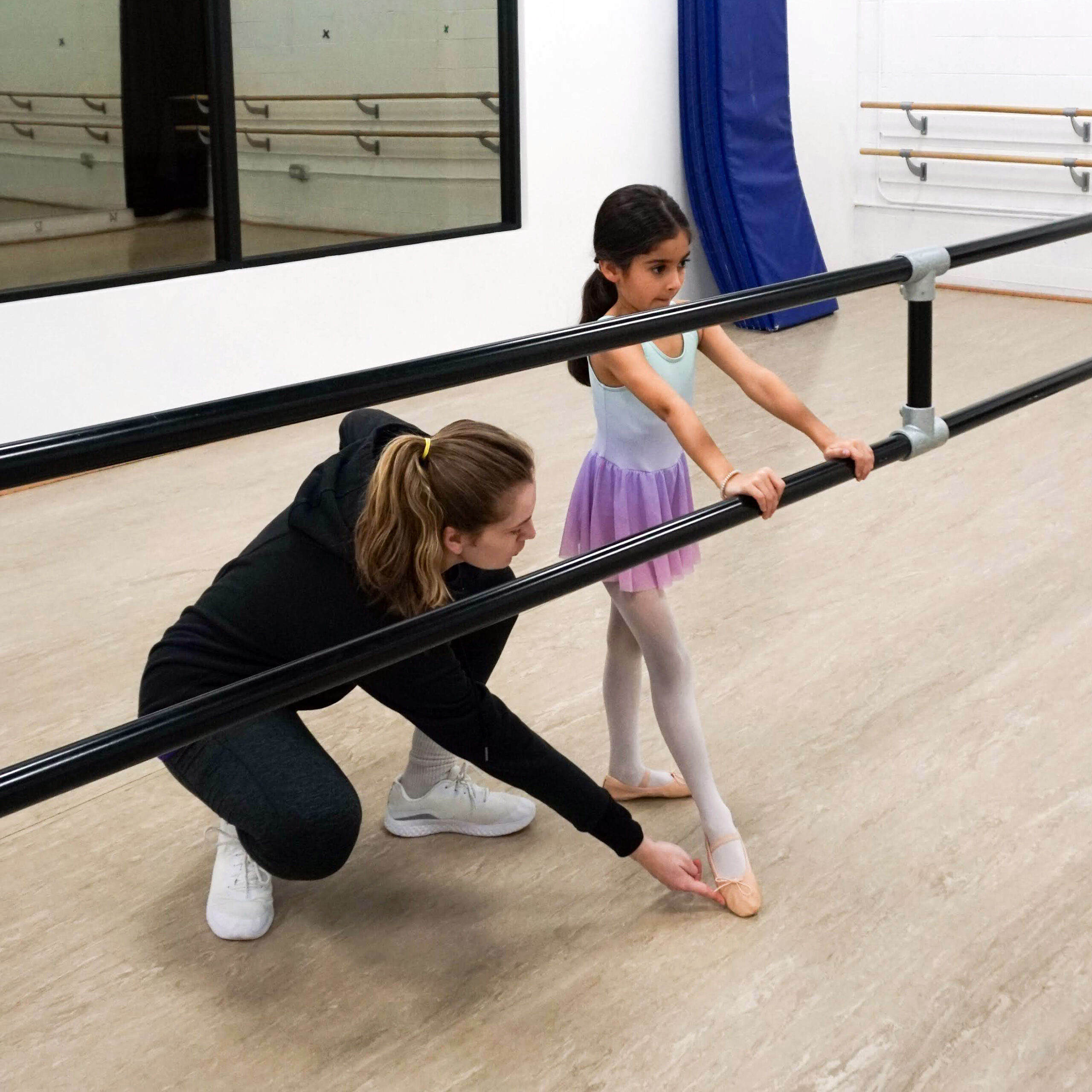
BALLET
Our ballet program incorporates training techniques derived from classical French, Cecchetti, Vaganova and Balanchine. While deepening students’ knowledge of anatomy, classical ballet vocabulary and history, emphasis is placed on developing proper alignment, balance, flexibility, control of extensions, musicality, and quality of movement. Our ballet classes aim to develop artistry to portray characters in classical, romantic, and original ballet variations. Beginning at the Gold level, dancers are invited to start their journey to dancing en pointe.
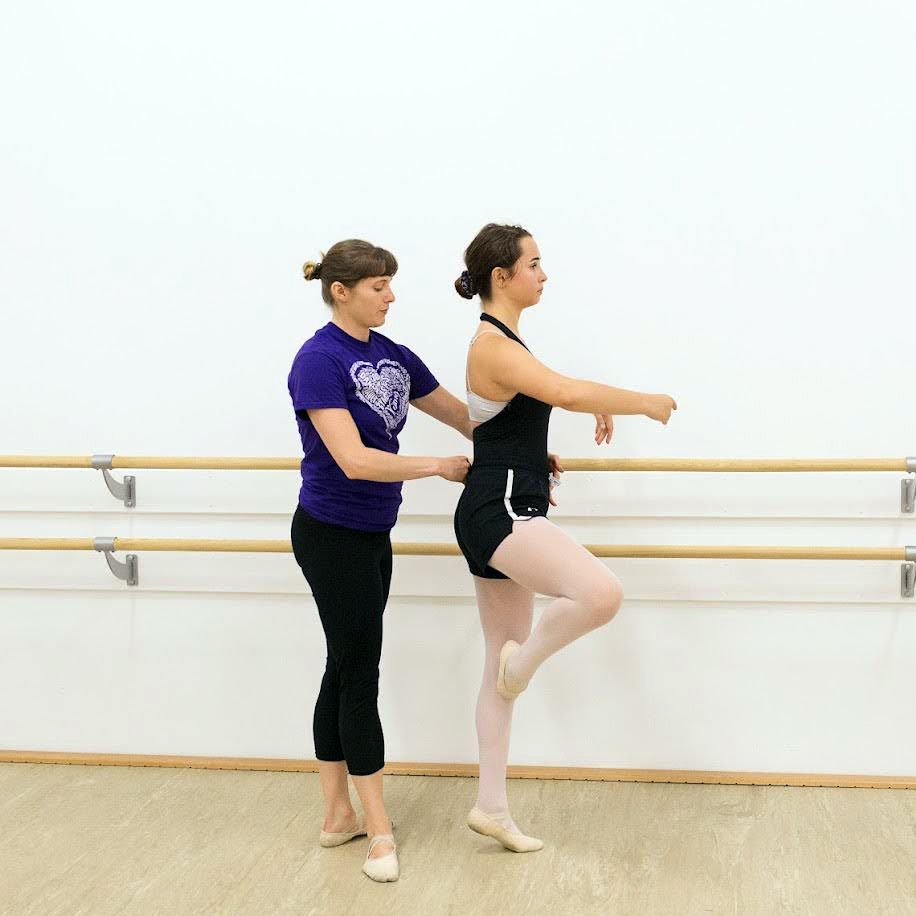
PRE-POINTE CONDITIONING
Classes focus on strengthening the lower legs, feet and ankles in preparation for an eventual entry into pointe work. Pre-Pointe incorporates conditioning exercises with and without props to work on proper alignment, engagement, support and balance necessary for progressing en pointe. Ballet shoes are required. This class is by instructor invitation only and includes multiple ballet classes a week.
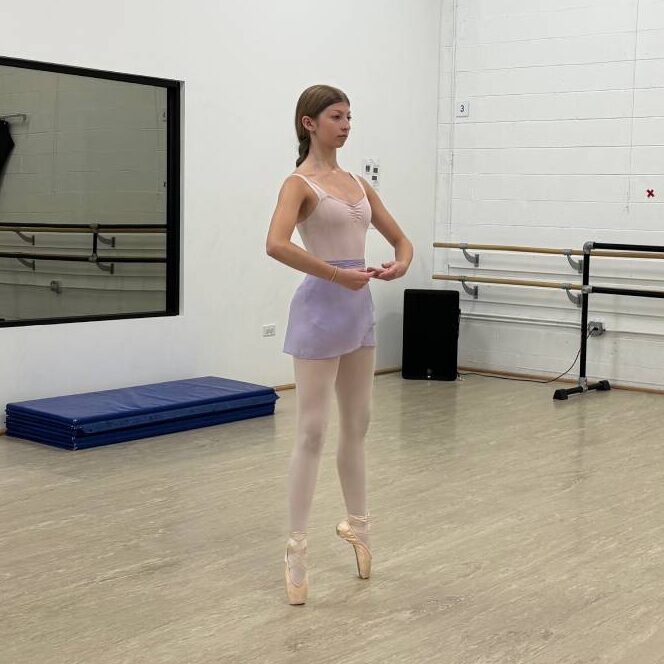
POINTE
Pointe work is an evolution and extension of effective ballet training. Focus is on deepening foundational elements of ballet technique, proper body alignment and coordination, strength and control, as well as reinforcing ballet vocabulary and concepts while working en Pointe. Pointe shoes are required. This class is by instructor invitation only and includes multiple ballet classes a week.
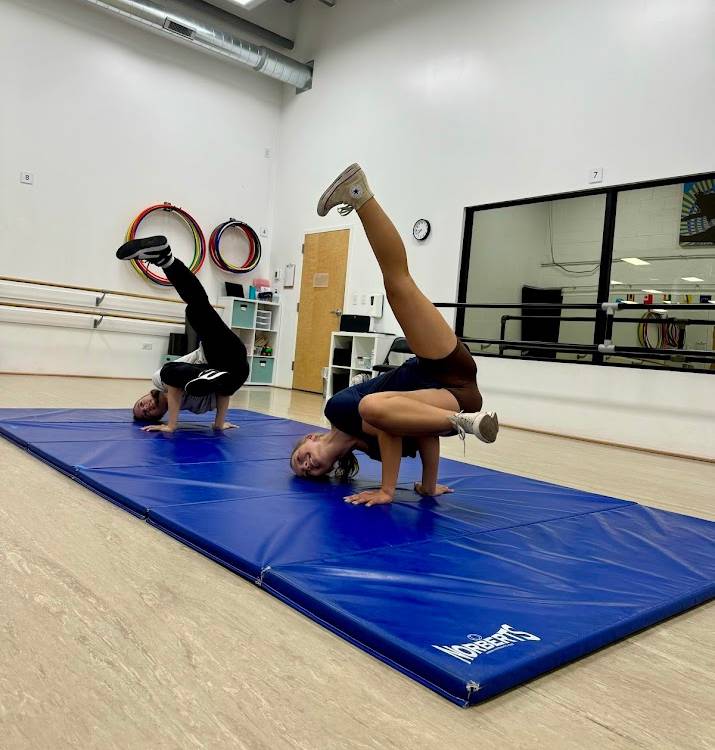
HIP HOP
Hip Hop classes explore age-appropriate hip hop movements, music and culture, with an emphasis on grooving to music and self expression. Class content incorporates hip hop posture, various weight shifts, footwork patterning, floor work and introductory breakdancing skills. Technical emphasis is placed on rhythm, musicality, dynamics and performance quality. Classes incorporate a variety of sub styles including, but not limited to: house, breakdancing, locking, popping, tutting, waving, whacking, and stepping.
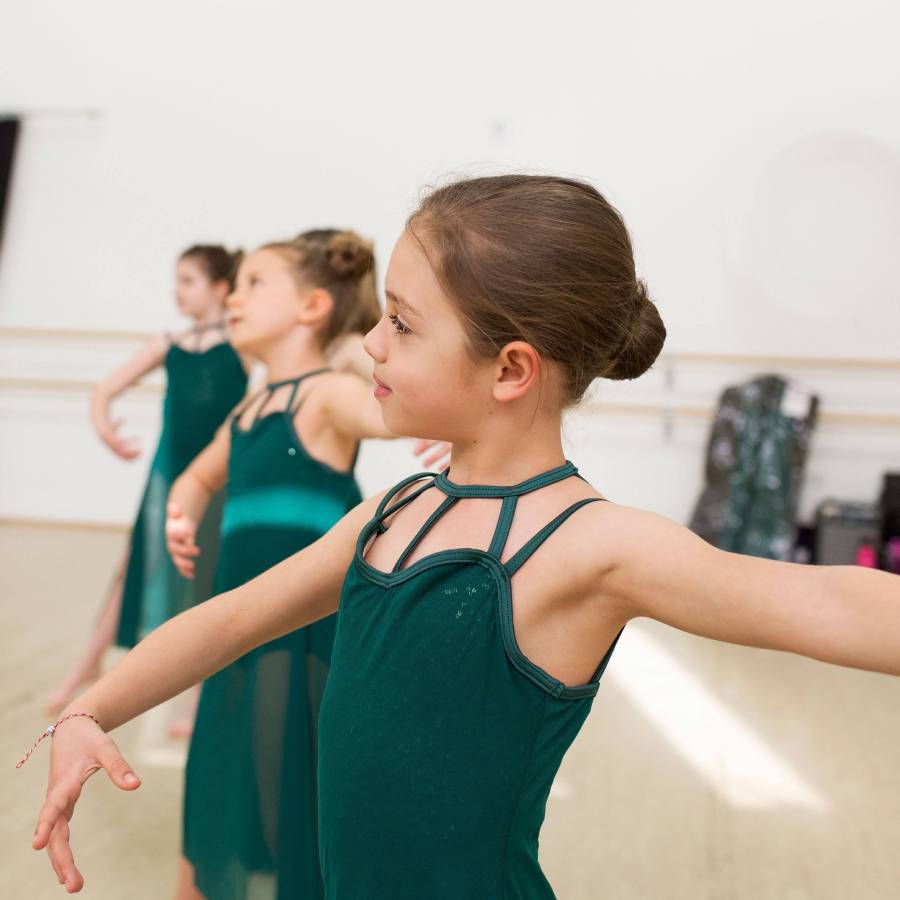
CONTEMPORARY
Contemporary classes derive from modern techniques influenced by individual choreographic stylization. Classes emphasize energetic and qualitative dynamics, rhythm, musicality, balance, extension control, and proper alignment mechanics. Students will examine and explore choreographic processes, improvisation and partner work. The focus is on interpreting individual meaning within the music through expressive, performative storytelling.
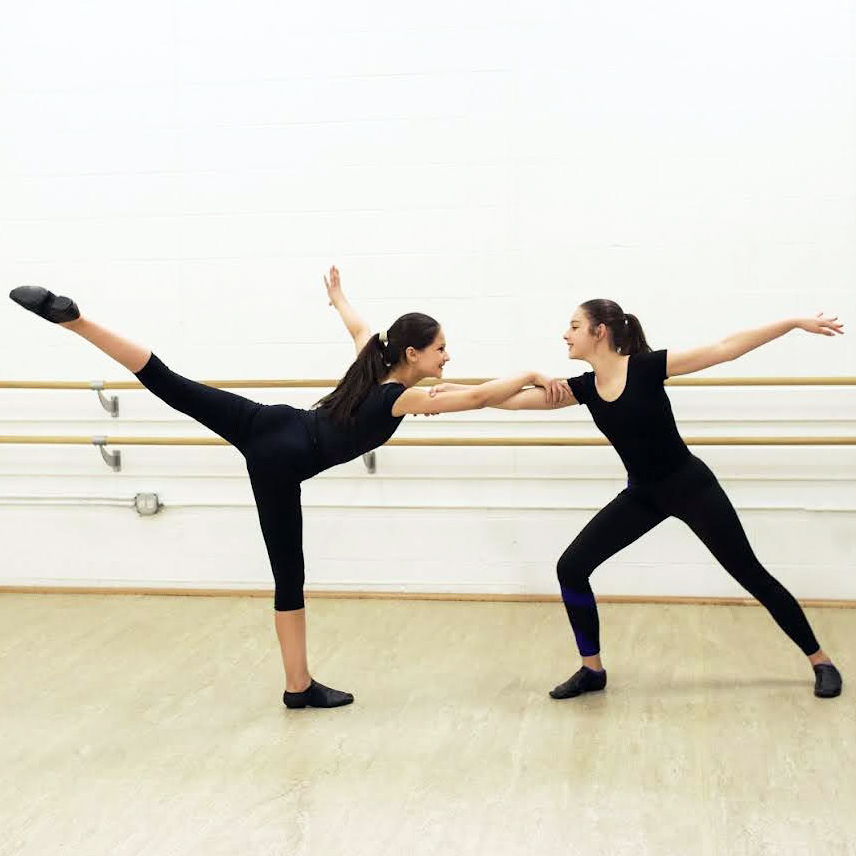
JAZZ
Jazz classes begin with classical jazz technique that includes training techniques derived from Luigi Facciuto, Bob Fosse, and African dance. Various styles of jazz, such as musical theater, swing, lyrical, jazz-funk and street jazz, are introduced. Jazz utilizes isolations, a low center of gravity, clear body lines, and energetic shifts that directly correlate to rhythm and musicality. Emphasis is on developing artistry and quality dynamics alongside proper alignment mechanics, balance, flexibility and control.
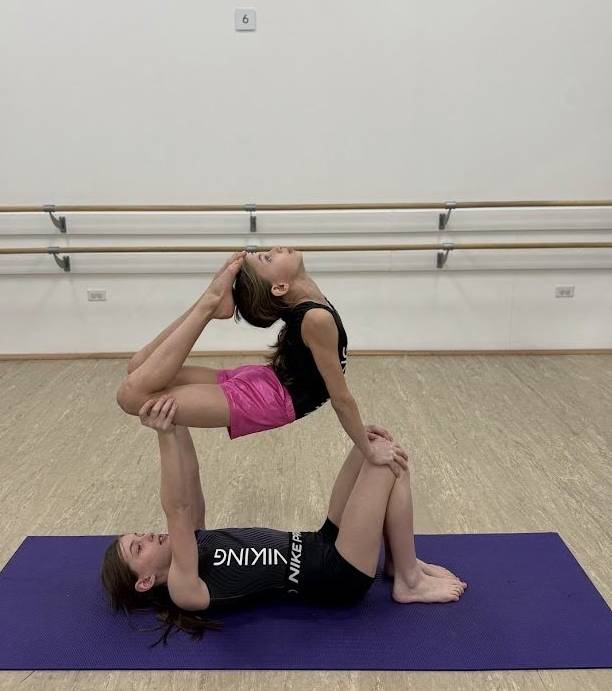
ACRO DANCE
Acro dance applies acrobatic and dance elements through movement and music. This genre shares similarities with rhythmic gymnastics, minus the apparatus element. Acro dance works to build strength and mobility with an emphasis on dynamic stretching, while exploring jazz dance fundamentals and acrobatics.
Dress Code
- A leotard (recommended) or any solid color form-fitting athletic top (no baggy tops)
- Tights, fitted shorts, pants, or leggings (no baggy pants)
- Ballet shoes
- Hair should be secured out of the face, neatly in a bun
- All dancers are encouraged to bring a closed-top water bottle inside the dance studio
- Athletic wear, leggings, mid-thigh shorts or pants (no skirts, jeans, dresses, or bare midriffs)
- Knee pads may be worn for floorwork
- Clean, dance-only sneakers
- Hair must be pulled back away from the face
- All dancers are encouraged to bring a closed-top water bottle inside the dance studio
- A leotard (recommended) or any solid color form-fitting athletic top (no baggy tops)
- Tights, fitted shorts, pants, or leggings (no baggy pants)
- Bare feet
- Hair should be secured out of the face
- All dancers are encouraged to bring a closed-top water bottle inside the dance studio
- A leotard (recommended) or any solid color form-fitting athletic top (no baggy tops)
- Tights, fitted shorts, pants, or leggings (no baggy pants)
- Jazz shoes
- Hair should be secured out of the face
- All dancers are encouraged to bring a closed-top water bottle inside the dance studio
- A leotard (recommended) or any solid color form-fitting athletic top (no baggy tops)
- Tights, fitted shorts, pants, or leggings (no baggy pants)
- Bare feet
- Hair should be secured out of the face
- All dancers are encouraged to bring a closed-top water bottle inside the dance studio
